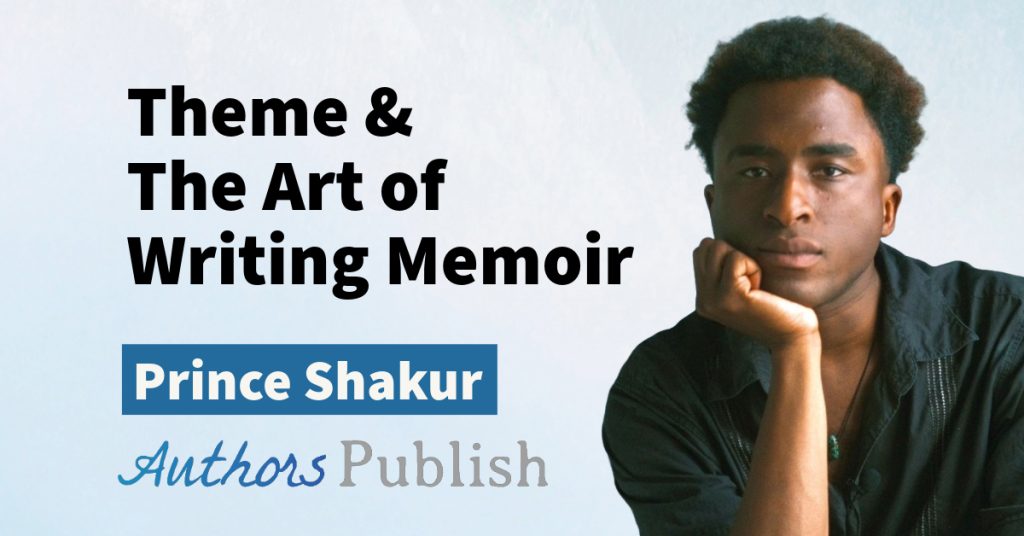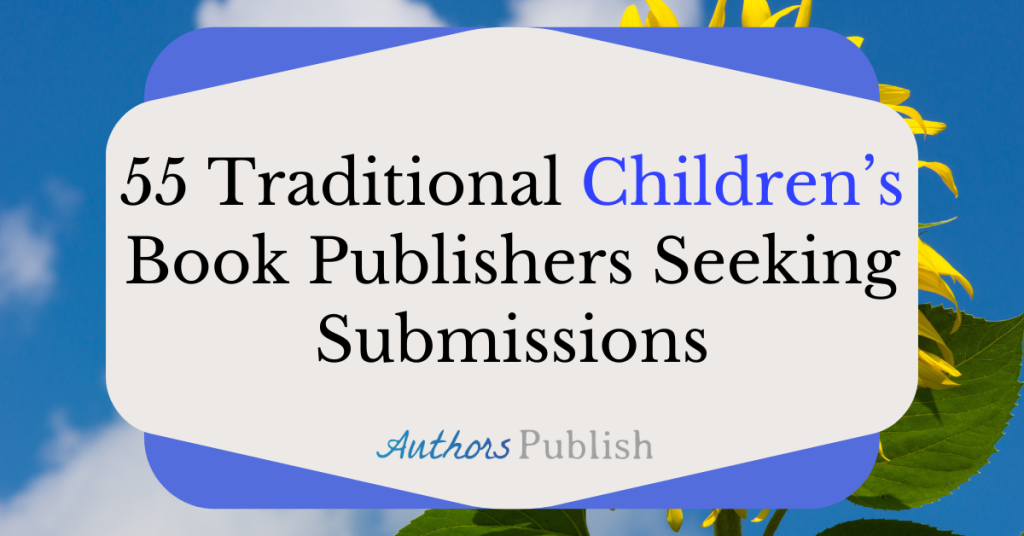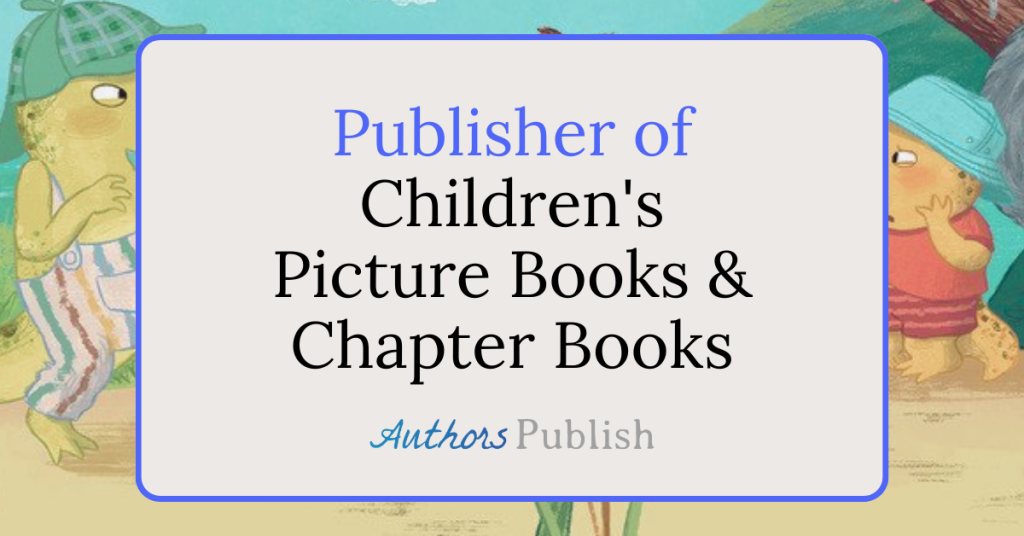By Sherry Shahan
I recently helped facilitate a writing workshop focusing on revision. Most of the participants had agents and were widely published. Yet brows furrowed when I mentioned the literary device Objective Correlative.
Simply put, an objective correlative is an object in a story with a symbolic purpose. It can be an everyday item or action that evokes an image—or an emotional response in your readers that implies a larger meaning.
The following example is from my novel, Skin and Bones (A. Whitman & Co.), a quirky love story set in an Eating Disorders Unit of a hospital. Early in the story, the main character “Bones” puts on latex gloves before he eats; he believes calories can be absorbed through his skin. Later, he forgets to put on gloves at mealtime. Without saying so, readers understand that his recovery has begun.
Near the end, Bones tosses the gloves in the trash. It’s a purposeful act, so readers know he’s becoming healthier. I never had to say it. Latex gloves did it for me.
Here’s an example from the TV series Vinyl, a period drama produced by Mick Jagger and Martin Scorsese. The main character Richie is a record producer who’s forced to sell his Lear Jet to make his company’s payroll. The camera lingers on the plane’s tail number (18) one last time from Richie’s viewpoint.
Later, at a Vegas floorshow, the camera zooms in on a table placard: No. 18. The following day, Richie is forced to take a commercial flight. He drowns his sorrows in a couple of stiff cocktails and then sets the empty glasses on the book he’s been reading. He adds the stir stick.
The flight attendant picks up his trash and we see: The rings from the two glasses have formed an “8.” The stir stick is a “1.” The number 18 is a clear reference to his jet.
Richie didn’t have to verbalize how rotten he felt about being crammed into a commercial flight, instead of being on the private jet he loved so much. The audience recognizes it in the telling details, in the objective correlative.
Objective correlative turns an object, event or character into an emissary that asks a question not directly on the page. It’s laid down intentionally and at purposeful intervals. The repeated use of objects to mirror events allows readers to identify them as something greater than the sum of their parts.
The object becomes a beacon guiding us toward a larger, thematic meaning in the work. Our stories unfold more quickly, because the object takes the place of wordy explanations.
The two examples presented an object three times. But there aren’t any rules here. Longer work might need more repetition. Trust your gut.
Well-known objective correlatives:
The red hunting hat in Catcher in the Rye by J.D. Salinger.
The car in Stephen King’s Christine.
The face Tom Hanks paints on the soccer ball in Castaway.
Rosebud in Orson Well’s Citizen Kane.
Any time I find myself telling readers what’s going on I pause, put an object on the page, and let the feelings it evokes do the work for me. I get my point sooner and with more subtlety and heightened tension.
Bio: Sherry Shahan’s work has appeared in The Writer, Los Angeles Times, Oxford University Press, Christian Science Monitor, Backpacker, Exposition Review, and more. She holds an MFA from Vermont College of Fine Arts and taught a creative writing course for UCLA Extension for 10 years.






